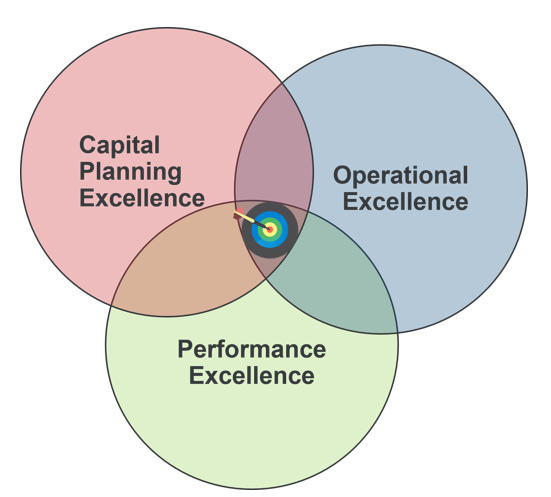Having attended numerous conferences this Fall I have been struck by one key change in the way that many organizations are thinking about facility asset management. For the first time that I can remember, the interest in Equipment Inventory and Barcoding/Tagging (EI&T) equals or may even exceed the interest in Facility Condition Assessments (FCAs).
As more and more organizations get a handle on their Deferred Capital Renewal and Maintenance (DCRM) Backlog through FCAs, many are turning their attention to Preventative Maintenance Planning and optimizing their Computerized Maintenance Management Systems (CMMS). The key to both programs is an accurate and detailed equipment inventory.
This is not to say that EI&T is new. There are many organizations that have a robust “tagging” program in-place and have been tracking work orders to individual pieces of equipment. However, I feel like we are reaching a tipping point in terms of the level of interest in EI&T. Many of the early adopters were the larger institutions, that have significant resources (both money and people) to implement and manage an equipment inventory.
Over the past year we are seeing more small and medium-sized institutions looking in to EI&T programs. From the Integrated Asset Management (IAM) perspective, this makes sense. As our Venn diagram below shows, we recommend that organizations first focus on excellence in Capital Planning, which requires a consistent and defensible FCA dataset. Once they have a solid plan to address DCRM, we recommend that you shift your focus to Operational Excellence, requiring an inventory of your relevant equipment loaded into a CMMS system.

I am by no means suggesting that everyone has a prioritized, multiyear planning process based on consistent and defensible FCA data. There are still a lot of organizations that have not previously done an FCA, or have not done one in many years. DCRM still represents significant risk to facility owners and managers.
However, it is very encouraging to see so many organizations shifting their focus to EI&T and Operational Excellence. Given the increased interest that we are hearing from the market, I will use several of my upcoming blogs to highlight key thoughts and ideas for organizations to consider as they move to the second stage of IAM framework.




